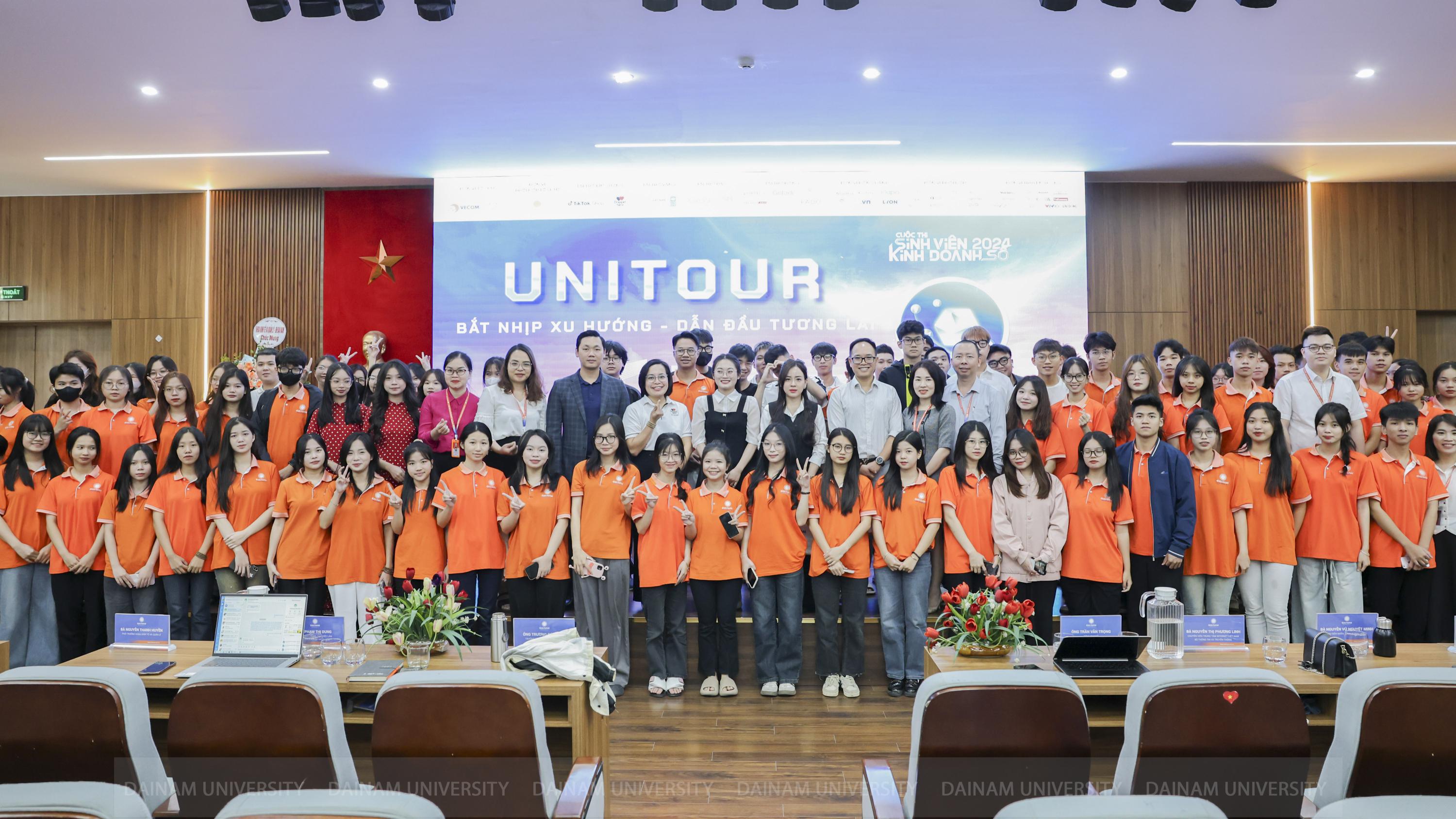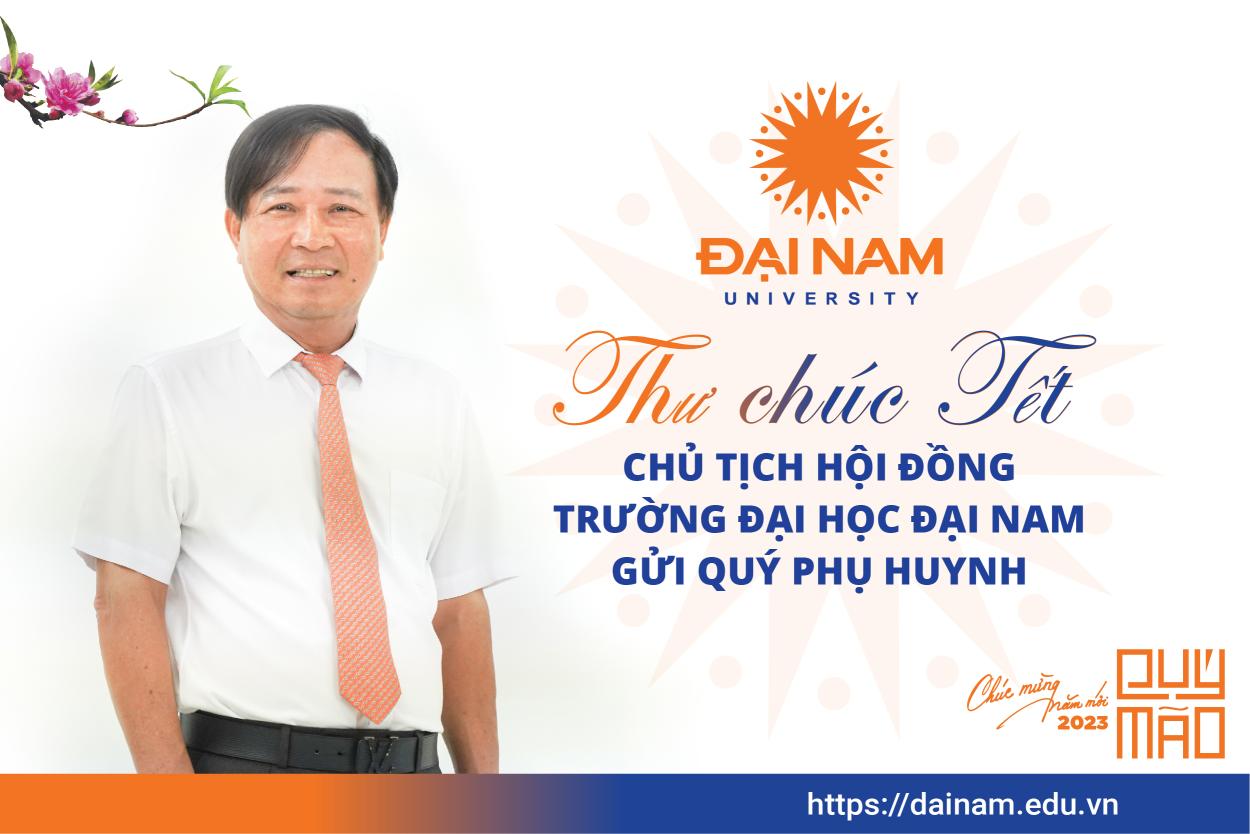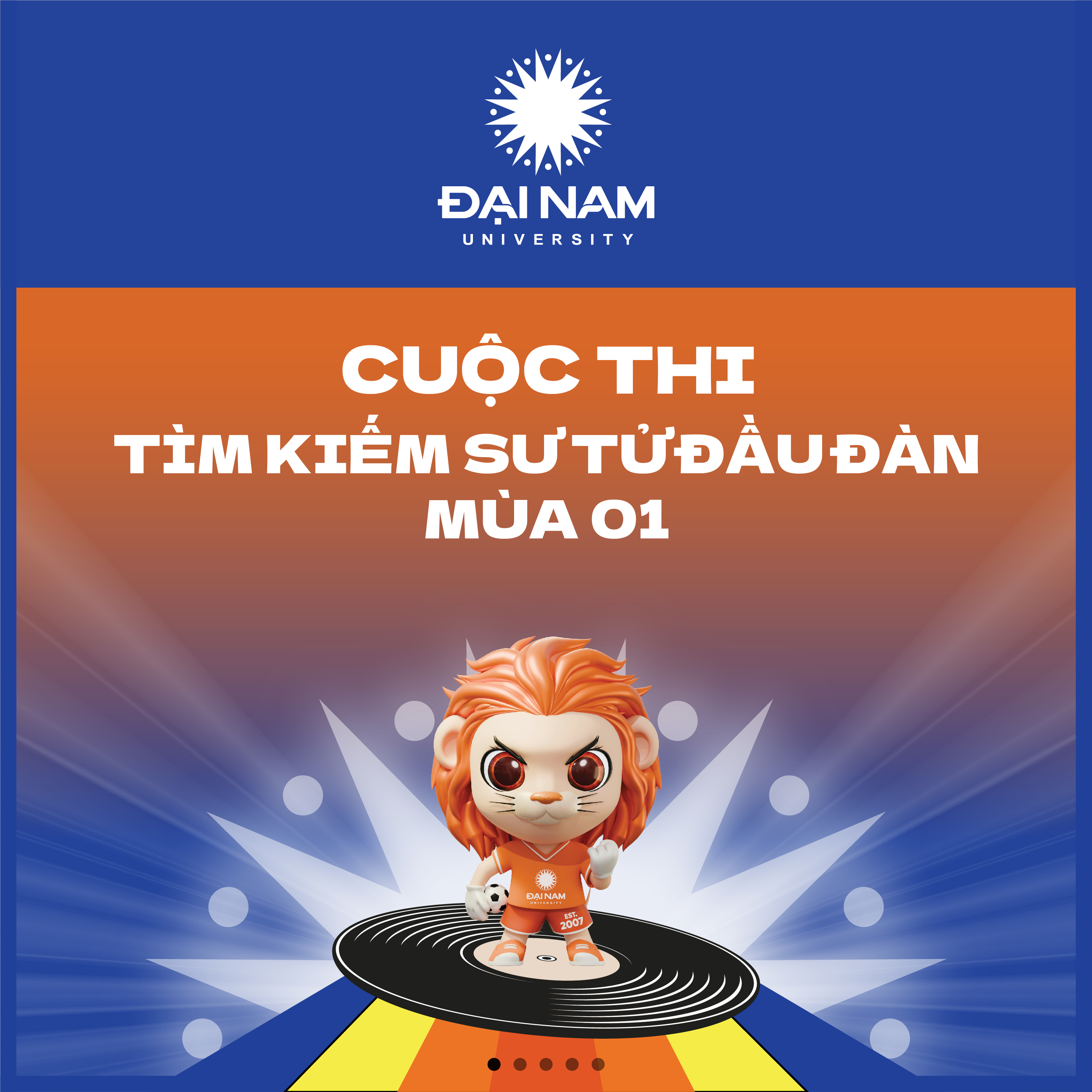How to study and work effectively in groups - Tips for Dai Nam University students

In the new era when knowledge is increasingly growing and knowledge sources are diverse, teamwork is an important and necessary requirement for everyone.
Scientist Barbara Gross Davis, Tools for Teaching, conducted research and stated that, “regardless of the subject matter, students working in small groups tend to learn more of what is taught and remember it longer than in other forms of instruction.”
Grasping those characteristics along with the training orientation towards application, Dai Nam University has been implementing modern learning methods. Creating opportunities for students to experience and demonstrate their abilities. One of the methods used effectively and positively is the "Group learning method".
“Group study in students is a way of studying of a group of people who coordinate closely and uniformly with each other to identify, analyze and solve learning problems, thereby acquiring, consolidating and expanding the knowledge learned and applying them in the process of exams and tests to achieve high results”.
What role does group study play in students' learning process?
For students, group learning is one of the effective learning methods to train students in the ability to cooperate, share feelings, cultivate and develop thinking, and improve their knowledge level.
Group study promotes the thinking and intelligence of each individual and the group, helping to grasp and solve learning problems quickly and effectively.
Studying in groups helps students have the opportunity to grasp knowledge more firmly and for longer, and this is an opportunity to learn learning methods and experiences, knowledge memorization methods, answering methods, and test-taking methods from other members in the group, thereby improving the quality of their learning and test-taking.
Effective group study method
- Building a study group
The first step is to build a study group, with about 4-6 members. The selection of members must be based on voluntary and active criteria. The roles of the members in the group need to be clearly defined, the group leader coordinates and summarizes the group's activities. The secretary takes notes and takes notes of the group's discussion content.
- Set goals and plan for the whole team
Studying in a group is a combination of many people, so after forming a study group, you must determine the study goals. You need to set clear goals, for example: what subject to study, what goals to achieve after studying in a group, etc. From there, make a specific plan for each study session from time, location, knowledge of each study session, etc. And you must set discipline for the whole group. Many study groups are not effective because the members do not determine the common goals of the whole group.
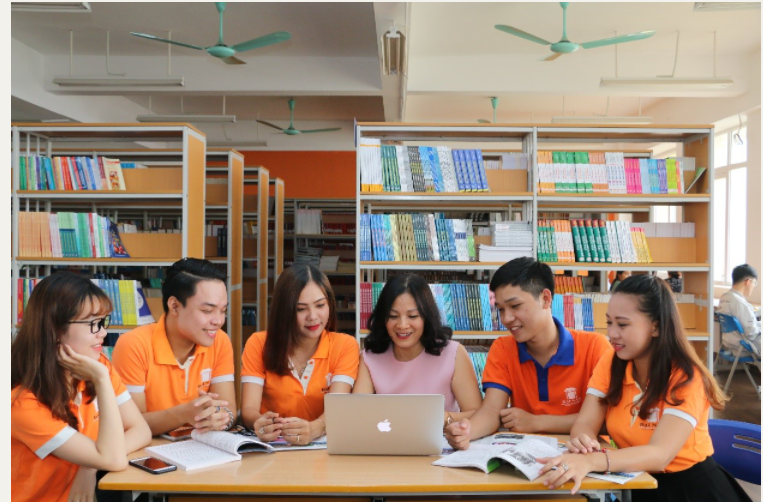
- Choose the right learning method
When studying in groups, it is necessary to discuss, agree and coordinate. You should learn the learning style of each member in the group. From there, find the best learning method for everyone, which will make the learning process effective and interesting, not boring. Try many different learning methods such as:
- Group discussion
- Mind map
- Brain storming
- Real experience…
- Assign tasks according to individual abilities
For the learning process to take place smoothly and effectively, save time and have good work performance, it is necessary to assign tasks suitable to each individual's capacity and to motivate individuals to maximize their capacity.
- Unity and mutual respect and create a happy atmosphere
A fun and friendly learning atmosphere will help improve learning and group relationships, helping each individual become confident and creative. To be able to connect members and promote positivity, there must be mutual respect and non-judgment in the process of working together.
- Discipline and timeliness
Maintaining discipline is an important principle in the group study process, it shows the positivity and self-awareness of the members. If a group is not disciplined, the members will be scattered, not serious and of course the learning efficiency will not be high. Therefore, each person must consciously comply with the discipline, plan and goals set by the group. A typical example is the regulation of specific study days and times for each session. Everyone must arrive on time so as not to affect other students. This is also a way to practice responsibility and improve teamwork.
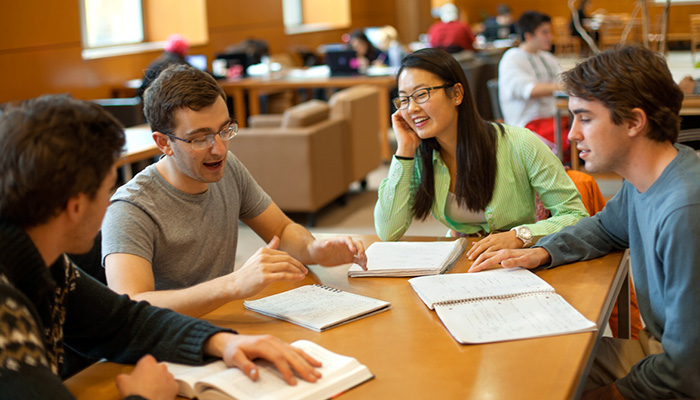
For the group study process to be effective, members need to adhere to the time. Be on time, complete work on time. To manage group study time well, we can apply the method: Pomodoro, time management matrix, schedule, ...
- Actively debate and exchange knowledge
Effective group study is about exchanging and debating to answer questions and convey them to others. The way we ask questions, take turns expressing opinions, listen and compose strong counterarguments. Actively debating in peace will help the whole group absorb knowledge better. You will practice communication, analysis and public speaking skills. These skills are very good for both work and life later on.
- Personal research
Each member must be responsible for studying before and after the group's study session. So that during the study session, they can share knowledge with each other. By studying and thinking about the previous lesson, you can have your own understanding and questions to discuss with the members. Then, each individual brings what they understand and questions to the group to solve together. Finally, after the group study session, each person must also go home to review the knowledge to better grasp the knowledge.
- Summary of the lesson
At the end of the lesson, you should collect individual opinions and come to a unified conclusion. It is best to write a diagram or document so that each person can keep it and easily review it. Summarizing after each lesson helps you to systematize your knowledge better. Through activities, the group will also draw experiences and change learning methods in time to improve learning outcomes. You can use the following methods to summarize, both synthesizing knowledge and having reference materials for the whole group as well as entertainment: multiple choice questions, short questions, mind maps, etc.
With the above sharing, I hope that each student will have methods that help their learning process. Let's always remember that "If you want to go fast, go alone, if you want to go far, go together" thinking and working as a group will be more effective than thinking and working as an individual.
Faculty of Soft Skills Training and Development, Dai Nam University
Register for admission consultation 2025
scholarships and tuition support worth up to 55 billion VND

scholarships and tuition support worth up to 55 billion VND




